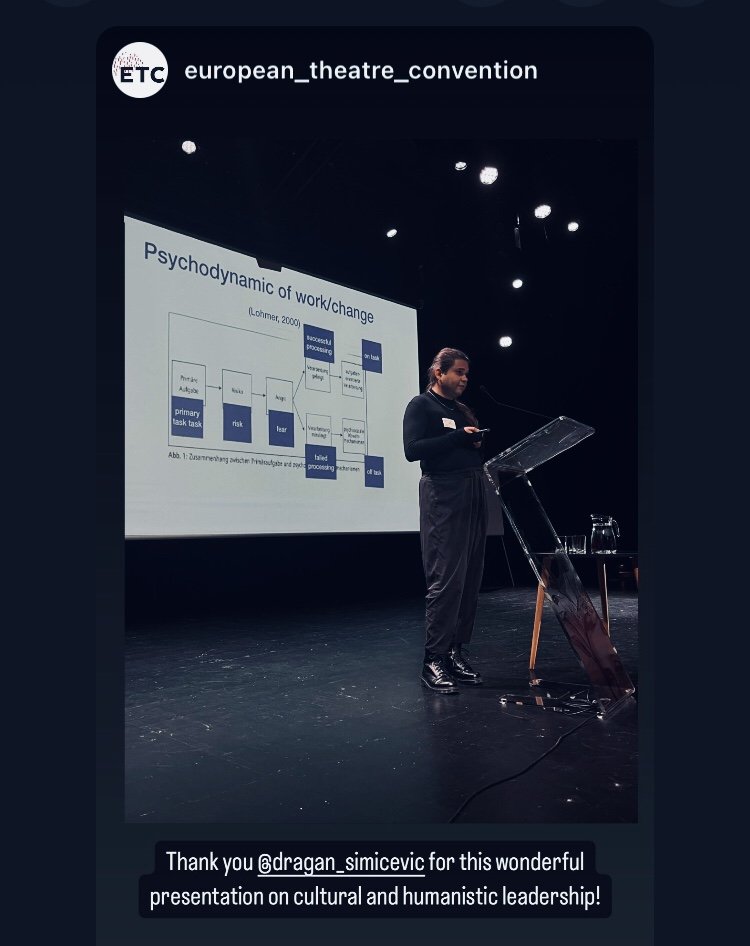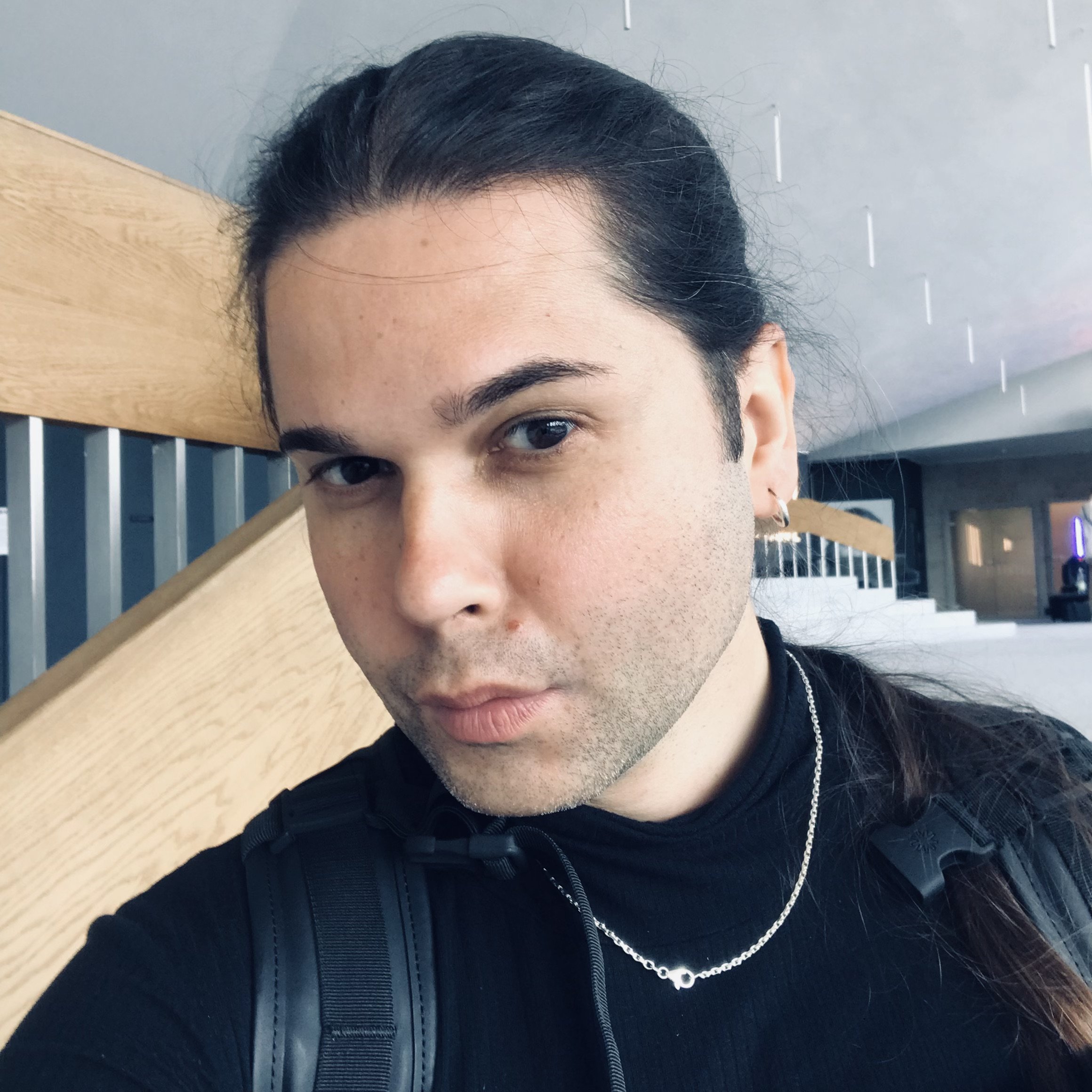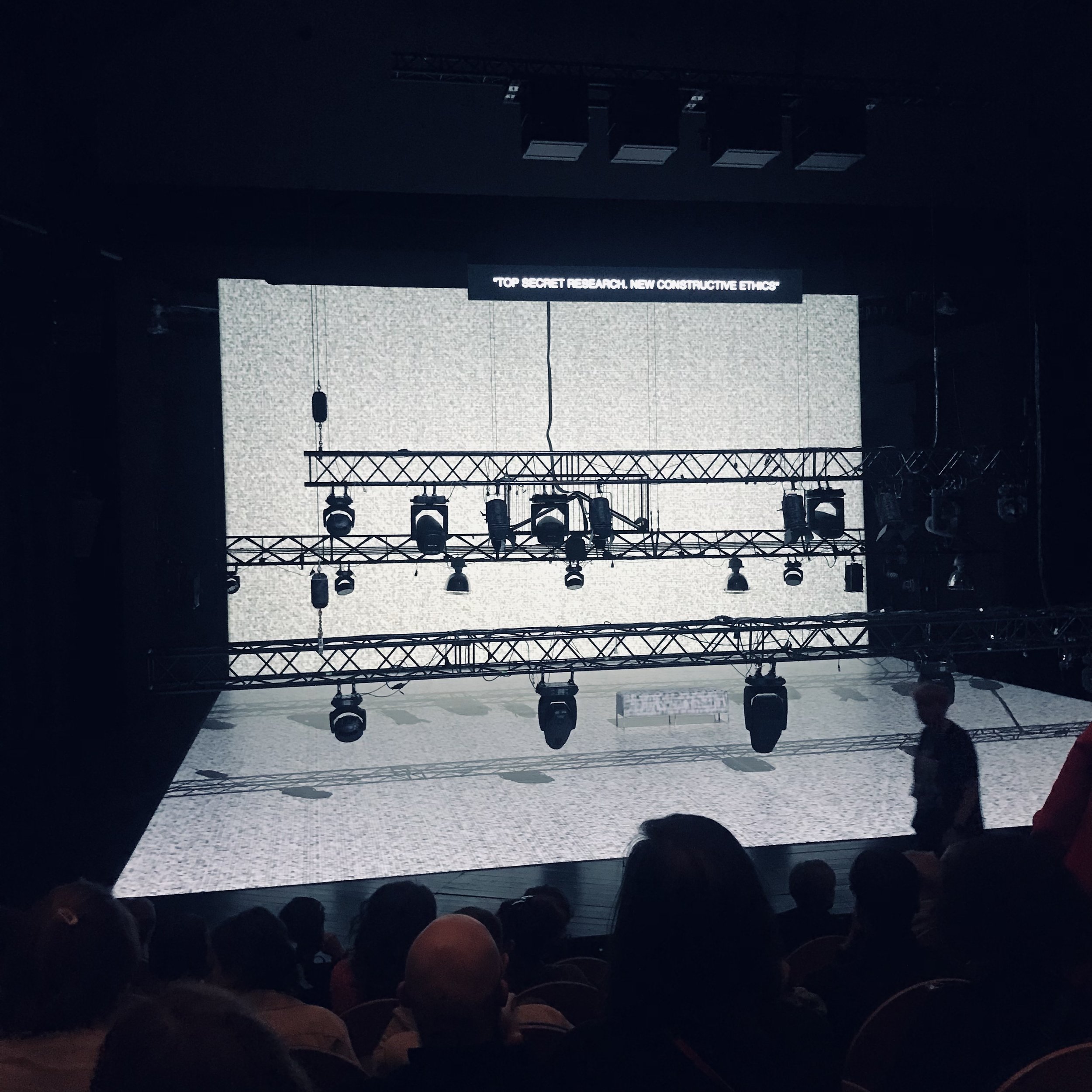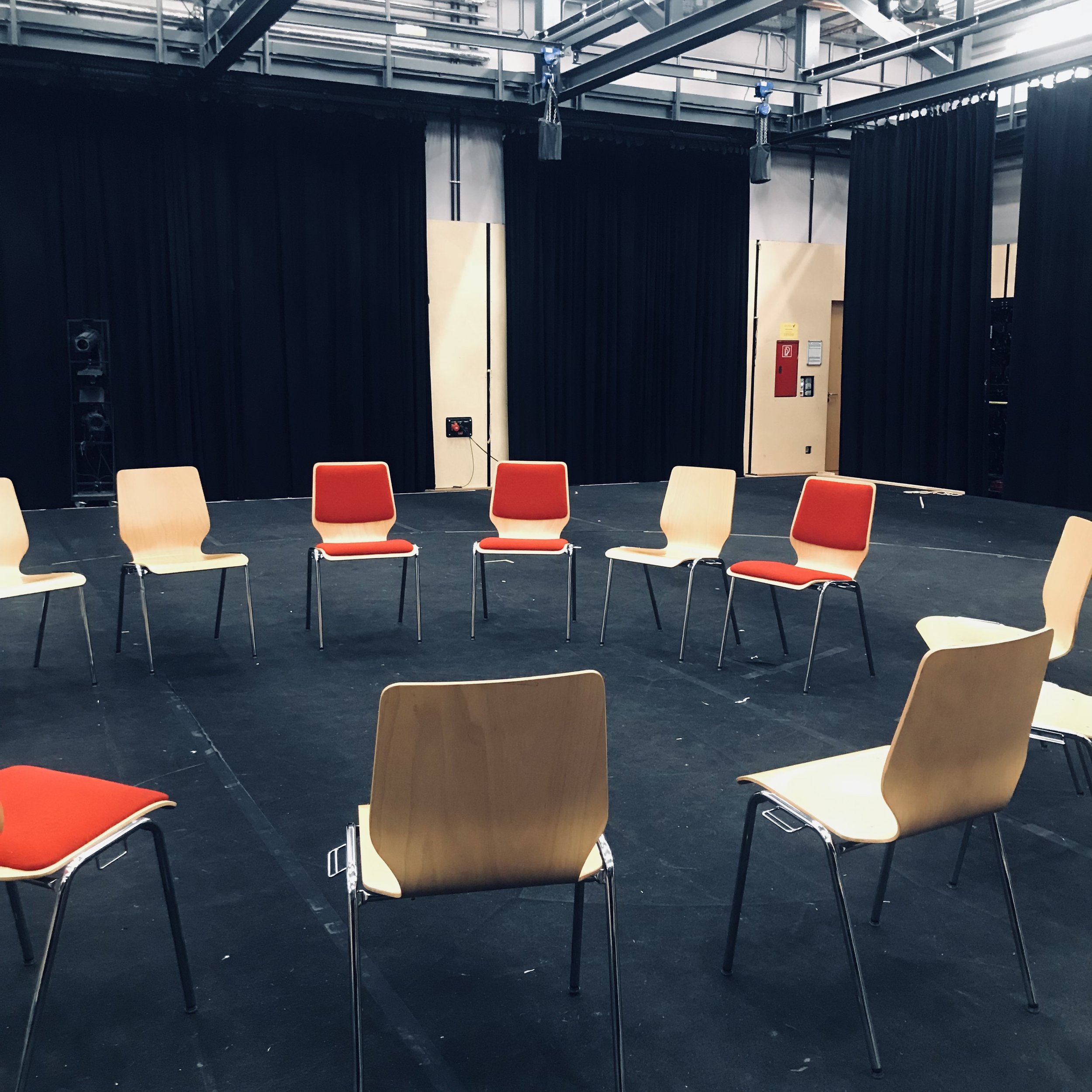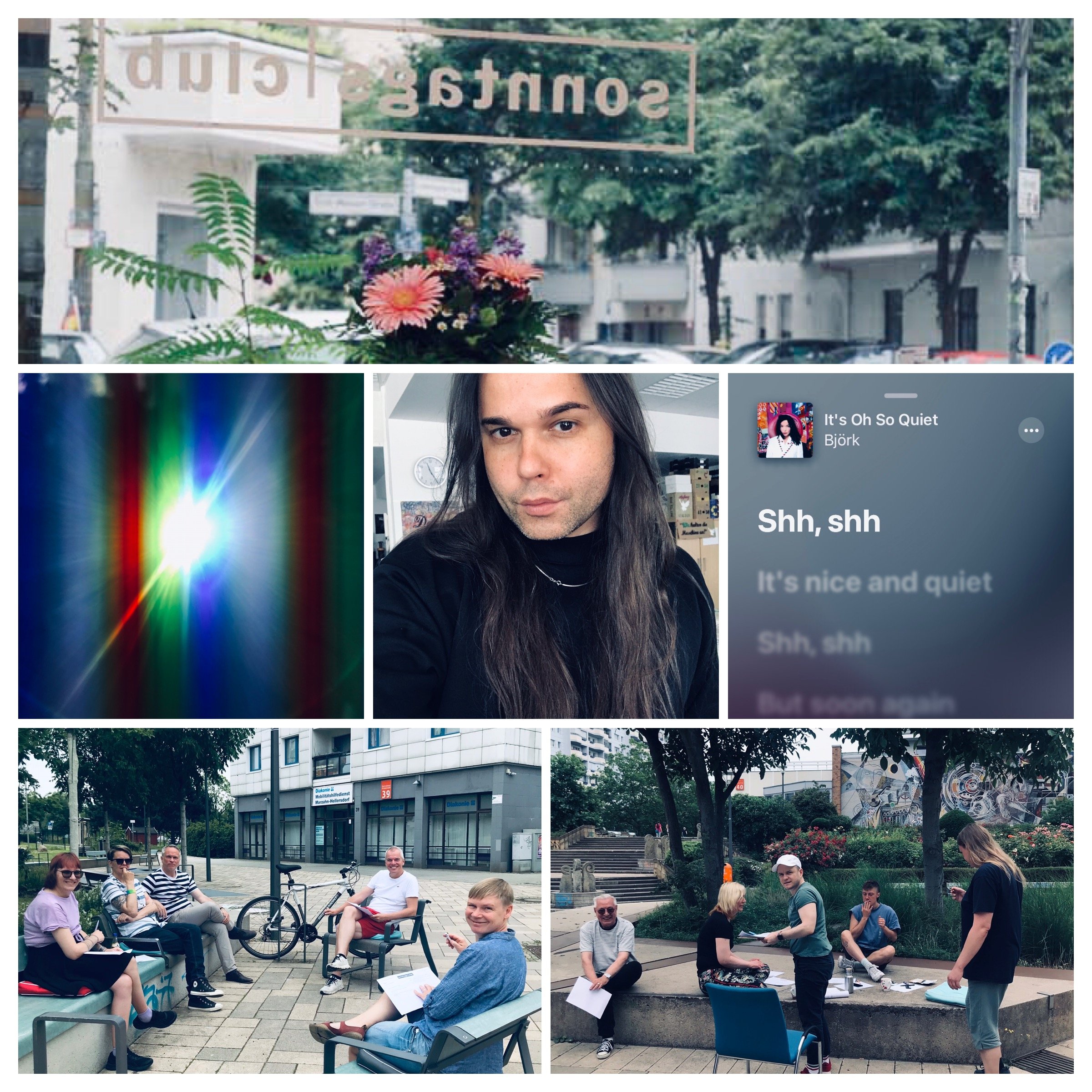Navigating Leadership in European Cultural Organizations - Psychoanalysis meets culture
Navigating Leadership in European Cultural Organizations: A Kaleidoscope of Characteristics
Introduction
Leadership in cultural organizations across Europe is a complex interplay of tradition, innovation, and adaptation. As the custodians of rich and diverse artistic heritage, these organizations play a pivotal role in shaping cultural narratives. In this blog post, we will delve into the unique characteristics that define leadership within these dynamic entities.
Cultural Sensitivity and Diversity Advocacy
Leaders in European cultural organizations must possess a heightened cultural sensitivity. Europe is a mosaic of languages, traditions, and histories, and a leader's ability to navigate this diverse landscape is paramount. An inclusive approach that embraces different perspectives and champions diversity is crucial for fostering an environment that respects and celebrates all cultural expressions.
Adaptability in a Changing Landscape
The cultural landscape is constantly evolving, influenced by technological advancements, shifting demographics, and emerging artistic movements. Effective leaders in European cultural organizations must possess a keen sense of adaptability. They must be open to new ideas, technologies, and methodologies while preserving the core values that underpin their organization's mission.
Strong Communication Skills
Clear and effective communication is at the heart of successful leadership in any field, and cultural organizations are no exception. Leaders must articulate their vision, goals, and expectations to their teams, stakeholders, and the wider community. This includes the ability to bridge linguistic and cultural gaps, ensuring that messages resonate across borders.
Strategic Vision and Long-term Planning
Leaders in European cultural organizations need a strategic vision that extends beyond immediate concerns. They must have the foresight to anticipate trends, plan for sustainability, and make informed decisions about resource allocation. A long-term perspective is crucial for maintaining the vitality and relevance of cultural organizations.
Advocacy for Arts Funding and Policy
Securing adequate funding and advocating for supportive policies are perennial challenges for cultural organizations. Effective leaders must be adept at building relationships with governmental bodies, philanthropic organizations, and private sponsors. They need to articulate the societal and economic benefits of investing in the arts, demonstrating the value of cultural organizations to the broader community.
Cultivation of Creative Talent
Nurturing and developing creative talent is a fundamental responsibility of leadership in cultural organizations. Leaders must create an environment that empowers artists and encourages experimentation. This involves providing resources, mentorship, and platforms for artists to express themselves freely.
Technological Integration
In an increasingly digitized world, leaders in European cultural organizations must be tech-savvy. They should understand the potential of technology in expanding the reach and impact of cultural initiatives. This includes leveraging digital platforms for exhibitions, performances, and educational programs.
Crisis Management and Resilience
The ability to navigate crises, whether they be financial, logistical, or cultural, is a hallmark of effective leadership. European cultural organizations, like any others, face unforeseen challenges. Leaders must be resourceful, calm under pressure, and capable of making tough decisions to steer their organizations through turbulent times.
Conclusion
Leadership in European cultural organizations is a nuanced endeavor that demands a unique set of characteristics. From cultural sensitivity to technological integration, leaders must wear many hats. By embracing these traits, they can not only preserve the rich tapestry of European culture but also ensure its continued evolution and relevance in an ever-changing world.
